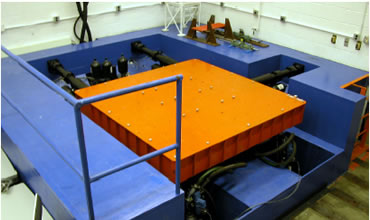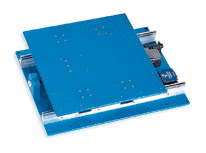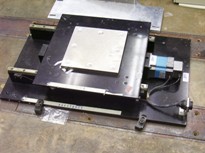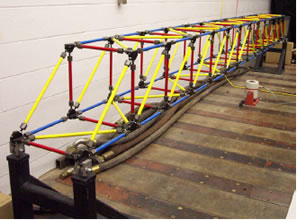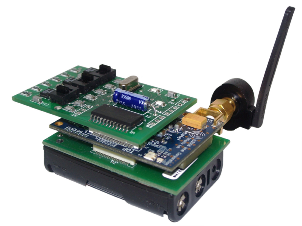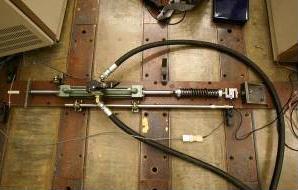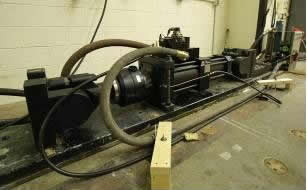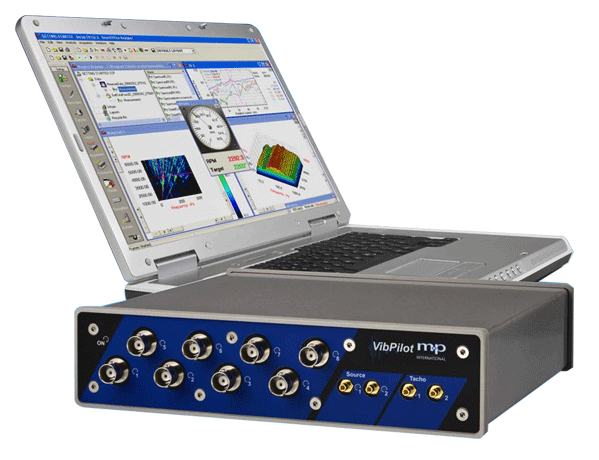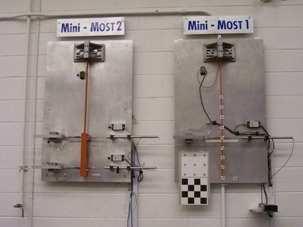The lab also has a wide variety of traditional wired sensors, including accelerometers, displacement transducers, and force transducers, as well as signal amplifiers/conditioners, oscilloscopes, etc. The laboratory has three Vibpilot spectrum analyzers manufactured by m&p International for signal recording, processing, and generation. Each of these spectrum analyzers has 8 channels of input which are procesed with a 24 bit A/D. An additional DAQ system is housed in a National Instruments (NI) SCXI chassis and connected to a 16-bit NI high speed A/D data acquisition board. This data acquisition system can measure 40 channels of vibration data with programmable antialiasing filters and simutaneous sampling hold, 8 channels of strain gauge readings, and 32 channels of regular voltage measurements. In addition, the laboratory has more than 20 computers connected directly to the gigabit network. Two NEESPops have been set up to provide NEESgrid functionality. Tele-presence server as well as four PTZ cameras and associated AXIS video servers are also available for tele-observation of various experiments conducted in the laboratory.
